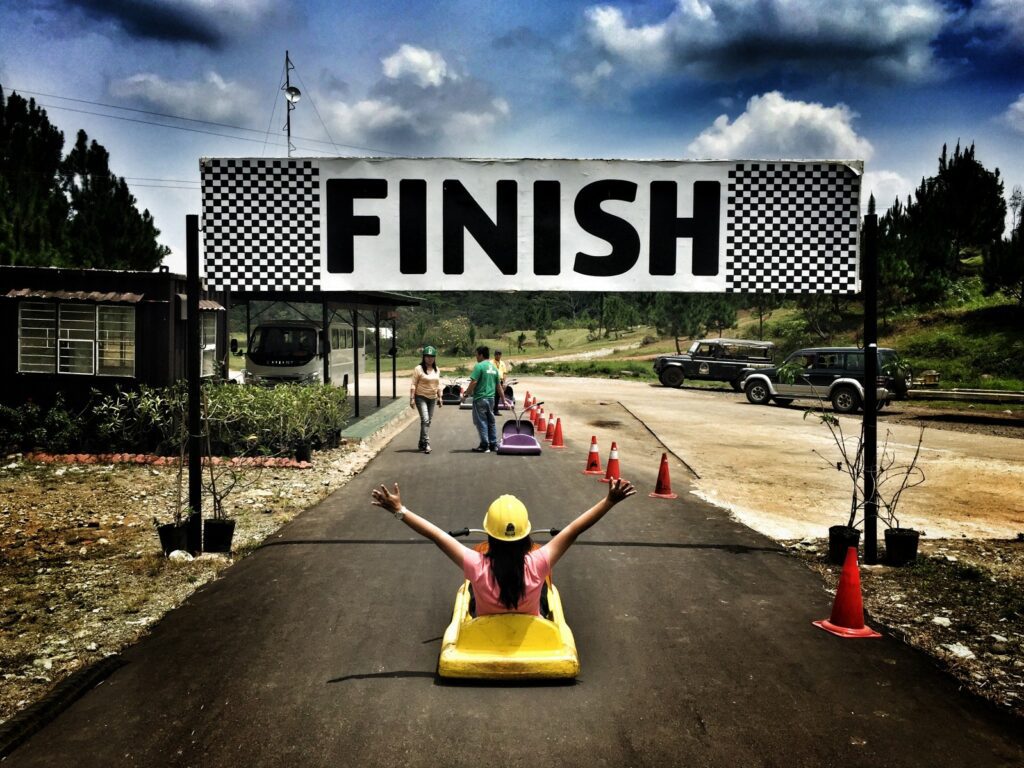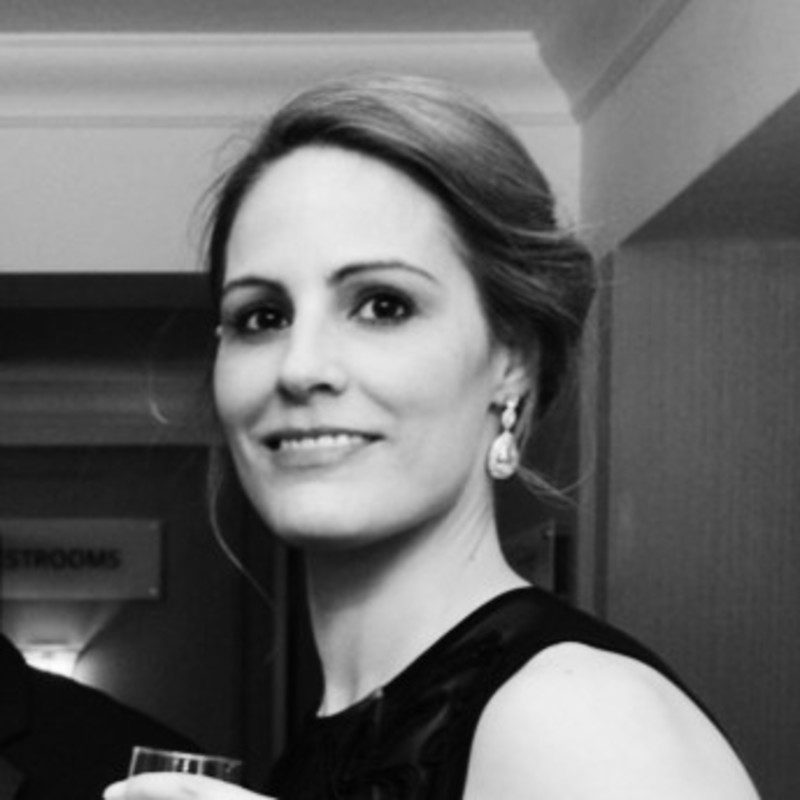Getting to grips with Agile HR – 6 steps you can start tomorrow
Are you ready?
Why You Should Care
Our people are our greatest asset — they are our business
To unlock the true value of our people we need to make the shift from process to experience
Design with your employees, not for them
Stop Starting and Start Finishing. Harnessing the power of Agile can actually be very straightforward. You don’t need to put it off until next year, wait until you have more time, capacity or budget. The perfect time will never arrive and in fact, the best time to begin is right now.
Agile is one of the hottest topics in HR. Every organization seems to have it on the agenda, and if 2020 has taught us anything in business, it’s the criticality of agility. But what does Agile actually mean for HR Leaders and Functions? And if you’re just beginning your Agile journey where do you even start? From my experience, here’s what Agile means to me: at the very core Agile helps us deliver more value to our people, businesses and customers with less work from our teams.
I’d like to de mystify Agile for you. Provide you with 6 easily understandable steps utilizing some of the core concepts of Agile that you can use in your organizations to start realizing the benefits. No new methodologies or frameworks to learn, no courses to attend and no jargon. Are you ready to get started?

@MargJohnsonVA via Twenty20
1. Create an agile HR environment of enablement and empowerment
Our people are our greatest asset – they are our business
Our people are our greatest asset – they are our business. To harness the power of our people we need an environment where they can not only survive, they can thrive. Leave behind command and control structures, ways of working and leadership styles, and consciously create an environment of enablement and empowerment.
As leaders we need to facilitate collaboration, inspire our people, treat them as individuals and provide them with the knowledge, tools and support to be successful – then we must trust and let go. Give them ownership and accountability, and most importantly freedom. Be there to coach, guide and help cut through when needed.
This environment helps optimize flexibility, creativity and productivity, enabling our people to do their very best work.
Takeaway Tips for HR Leaders
- Give teams the tools and support they need to be successful – then let go
- Provide coaching, guidance and help to cut through obstacles

@klebersmith via Twenty20
2. Make the shift from process to experience
Walk in the shoes of your people to see, hear and feel everything from their perspective, remove anything that’s getting in their way
Historically, as HR functions our focus has typically been on process. The endless list of what needs to get done, the box’s we need to tick, the legal and compliance requirements we must satisfy to keep our organizations and people safe. The problem is, focusing on process alone is counterproductive and reduces productivity, slowing down performance and results.
By designing based on what we need to get done we often end up with complexity, duplication, bolt on additions and hand off’s between teams which create delays in the system as people get stuck and need help. This all drives waste, both for employees going through these processes, and for the teams managing them across HR, IT and beyond.
To unlock the true value of our people we need to make the shift from process – what needs to get done, to experience – how it feels for an employee when they’re trying to get things done.
Walk in the shoes of your people to see, hear and feel everything from their perspective as they experience your processes. Remove anything that’s getting in their way – any confusion, duplication, bureaucracy.
Shifting mindset to focus on experience helps create the most efficient and effective solutions which people can navigate with ease, freeing them up to focus on their day jobs and enabling HR, IT and other teams to focus on value add activities. All of which deliver better outcomes for our business.

@ashim via Twenty20
Takeaway Tips for HR Leaders
- Test your solutions from a user perspective – how does the experience feel for them?
- Remove unnecessary process then test with your user’s – does it feel intuitive?
3. Lead with simplicity
If it’s not adding value for our people, business or customers, it’s got to go
In my experience successful transformation is as much about removing what you don’t need as creating what you do need. As HR functions everything we do must add value – from our strategy, to our projects and programs, our technology, right down to each and every process. If it’s not adding value for our people, business or customers, it’s got to go. It really is that simple – yet it can feel incredibly hard to do.
Often we find ourselves trying to do so much across our HR landscape – we want to do it all to deliver for our people and organizations. But as we keep adding new projects and initiatives, it’s easy to make the mistake of not removing anything and our book of work becomes enormous.
Coupled with reducing resources and budget we can find our functions under real pressure, and it becomes much harder to deliver the quality outcomes we are aiming for.
One simple approach that makes a significant difference – stop starting and start finishing. A great way to put this into action is to understand what our people, business and customers are telling us, what our data is telling us about the pain points and the value we can add by addressing these items first and removing what isn’t adding value. Prioritize these items, align resources accordingly and work in collaboration until they’re complete, then move on.

@leinbaylon via Twenty20
I’ve also found that we carry so much legacy and complexity within our individual organizations. We can often find ourselves weighed down with processes, ways of working, rules and limiting beliefs which have been in place for years because we believe they need to be there – perhaps for legal, compliance, or policy purposes. I’ve found that if we take a fresh look at our solutions, take the time to review, to understand, often we find its perception versus reality built up over time and there is a better way. Let’s free ourselves from everything that’s holding us back. Work in collaboration to understand with each policy, process or piece of technology how best to ensure compliance and the right outcomes, whilst shaping streamlined, effective solutions with the employee experience at the core. Leading through this lens of simplicity helps us remove anything that’s not adding value, creating efficiencies and delivering maximum impact as a function.
Takeaway Tips for HR Leaders
- Stop starting, start finishing – prioritze resources against high value items
- Remove what you don’t need, create what you do need – but only if it adds value
4. Create a culture of collaboration and continuous improvement
As HR functions and businesses, we need to remember that we are greater than the sum of our parts
As HR functions and businesses we need to remember that we are greater than the sum of our parts. The silo mentality belongs in the past – if we want sustainable business results a culture of true collaboration is critical across HR and beyond.
What does collaboration mean? In practice this means Leaders bringing their teams together across functions such as HR, IT and Security to co-create visions, design solutions and work together to execute, then review and drive continuous improvement.
Building cross functional teams, fusing technical expertise and skillsets, bringing together diversity of experience and thought enables us to co create the best possible solutions that meet the needs of our people, business and customers, with successful, sustainable results.
We also need to give our people space to try in a no blame zone, to do things differently, to continuously iterate and improve. To celebrate together when this goes well and learn as teams when it doesn’t, creating learning organizations, constantly driving forwards.
Takeaway Tips for HR Leaders
- Bring teams together cross functionally to co create the best possible solutions
- Create a no blame zone to enable continuous learning from experience
5. Design your agile HR strategy with your people: Ask, listen and co-create
Together we can build strong, fit for purpose, compliant solutions which achieve the outcomes we all need
In my experience our traditional ways of working, our focus on what we need to get done, and the legacy complexity we carry often leaves us with HR solutions which have been designed by experts for experts – without the employee lens. Solutions which can sometimes feel as if they require subject matter expertise to successfully navigate!
There is a better way. We firstly need to ask our people about their experiences regularly to gain a true understanding of reality rather than our perception, then listen and act on their feedback. And we need to get our people involved – understand their viewpoint. Design with them, not for them. Bringing our people into our world to design alongside us enables us to fully understand the problem we are trying to fix from their perspective – the user. This method of co-creation enables us to harness creativity and innovation, helps us think outside the box and create solutions that solve the real business problems. Together we can build strong, fit for purpose, compliant solutions which achieve the outcomes we all need.
Takeaway Tips for HR Leaders
- Invite a diverse range of people who use your solutions into the design process
- Co create solutions based on their reality rather than HR perception
6. Deliver early, often and incrementally
2020 has shown us the need to move at pace, to be adaptive – building, testing, learning and refining as we go
By planning out whole projects or changes in advance, then working towards and delivering these in isolation, by the time we launch we may find our solution doesn’t provide what our organization needs, and the world around us can have changed. 2020 has shown us the need to move at pace, to be adaptive – building, testing, learning and refining as we go.
Releasing solutions in stages and using the voice of our people – data and feedback – to continually review enables us to solve real business problems and deliver results quickly and frequently, mitigating risk. It helps us get people on board and delivers measurable results whilst responding to our increasingly complex and changing environment.
Get your data working hard for you. Take the time at the outset to build strong foundations by setting up comprehensive data and feedback sources. This will pay dividends, providing you with a clear picture of your starting position, and a benchmark to constantly track back against, guiding you on your journey to success.
Takeaway Tips for HR Leaders
- Build a strong foundation by setting up comprehensive data and feedback sources
- Focus on progress over perfection
Focusing on these six steps will help you deliver more value for your people, business and customers with less work from your teams. Creating efficiencies, great experiences and better outcomes, ultimately providing a competitive advantage for your organization.
Are you ready to get started on your Agile journey?
Sign up to the UNLEASH Newsletter
Get the Editor’s picks of the week delivered straight to your inbox!

Global HR Leader and Consultant
I’m the Founder of Sonia Mooney Signature Solutions. I'm a Consultant, an Agile HR practitioner and former Global Head of Talent Excellence at Rolls-Royce.
My passion is helping HR Functions to supercharge their effectiveness - creating efficiencies, excellent employee experiences & better business outcomes. Ultimately delivering more value for their people, business and customers whilst freeing up teams to focus on more strategic, creative, value add activities.
I have over 20 years HR experience leading collaboration to deliver creative, transformative change, award winning solutions and outstanding business results on a global scale.
Contact Us
"*" indicates required fields
Partner with UNLEASH
"*" indicates required fields